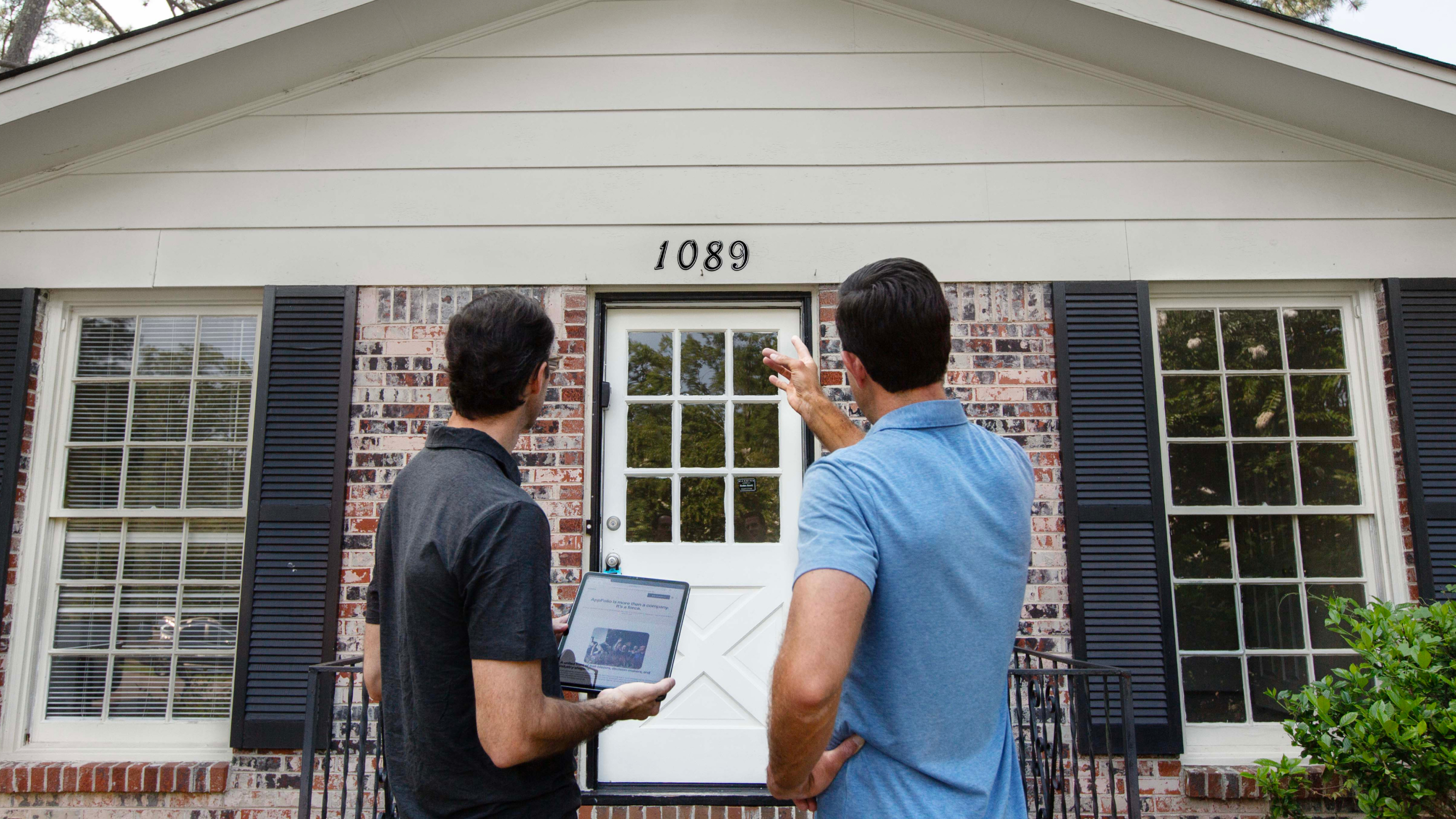Published on November 15th, 2023
By Brittany Benz
Between showings, lease signings, maintenance, and renewals, there are myriad carefully coordinated tasks that must be completed on-site every day. To be as successful and efficient as possible, property management teams need to operate like well-oiled machines. Unfortunately, most property management teams aren’t working that way today.
In a survey of more than 1,000 property management professionals, 62% cited “operational efficiency” as one of their most pressing challenges. More specifically, they cited the need to ensure smooth handoffs between team members in multi-step processes and to free teams from labor-intensive tasks as particular pain points.
Although operational efficiency is a top concern, the solution actually requires solving for operational inefficiencies. That means putting efforts in place that reinforce consistency among teams and tasks, with easily repeatable processes and highly effective tools that help drive more reliable outcomes.
Keep reading to explore five strategies that can help reinforce organizational consistency and make it possible to help teams work more effectively and efficiently.
1.) Cross-train team members
While cross-training team members may take a lot of up-front time and effort, the long-term benefits are more than worth the investment:
- Improve execution consistency: Creating consistency is easier when everyone knows the right procedures and processes to follow for each role and task.
- Promote greater collaboration: Learning about other roles within the business gives employees a greater understanding of how all teams work together and what handoffs truly look like.
- Prevent workflow bottlenecks: If someone calls out sick or goes on vacation, other team members can more easily step in to complete tasks.
- Speed up response times: Having team members trained for multiple roles means there are more people available to respond to and troubleshoot problems.
In addition, with 52% of on-site employees citing a lack of opportunity for career growth as their greatest source of dissatisfaction in their roles, cross-training is likely something they want or will welcome. So not only can cross-training help benefit consistency and productivity, it can also keep your top talent engaged and help you better retain them, too.
2.) Provide ongoing and consistent training
In addition to initial cross-training efforts, make sure to provide teams with ongoing training to reinforce existing processes and keep execution consistent:
- Live hands-on training sessions: Getting teams together at the same time can be a challenge, but live sessions will ensure everyone goes through training in the same way, at the same time.
- On-demand webinars: On-demand webinars provide scheduling flexibility, but they work best when treated like a hands-on training session, with team members learning together at the same time. In addition, it helps to have someone in the room who can answer follow-up questions after the on-demand webinar.
- Self-directed guides: Because self-directed guides are the most “hands-off” approach to training, use these as post-training follow-up materials instead of using them as replacements for more robust training options.
- Product and tech support: Because your tech investments are only effective when used properly, be sure to look for solutions that can guide teams through platform updates and help troubleshoot ongoing questions.
Just like with cross-training, providing ongoing training may take more investment and time up front, but it will pay off by ensuring everyone is on the same page and consistently operating in the same ways.
3.) Streamline and clarify workflows
Property management workflows are complex, which is why streamlining and clarifying them is a must for ensuring everything gets done correctly and nothing falls through the cracks.
To start, take a look at the way your teams get work done today. Then, answer the following questions:
- What are the core property management tasks?
- Who performs each step along the way?
- How long does each step take to complete?
Once complete, streamline each workflow and clarify each task based on what the actual work looks like in your organization. And don’t forget to configure and/or update your workflows and tasks inside your property management system, too. That way, you can ensure new workflows are followed consistently.
4.) Automate routine and time-consuming tasks with AI
Once workflows are streamlined and clarified, look for ways to create more consistency by automating repeatable tasks by leveraging AI tools. Not only will AI help free up teams to do more high-impact work — such as improving the resident experience — it can also ensure greater consistency, accuracy, and timeliness when it comes to other important yet routine tasks. For example, tasks that fall into the latter category may include sending out monthly rent due reminders, confirming showing dates and times with prospects, notifying team members when they can begin a task, writing marketing descriptions, and pulling monthly performance reports for property managers and owners.
JC Castillo, President and CEO of Velo Residential, knows firsthand just how essential automation and AI technology is to helping teams achieve more and be more consistent. In fact, it’s been a key component to his success: “People do business with people because they know them, they like them, and they trust them. The objective of the technology is to give teams more time to focus more on those personal connections, which drives the business forward. If technology is taking work off our plate that doesn’t need to be done by us, it isn’t in the way of building those relationships.”
5.) Measure consistency by gathering feedback and data
On-site employees have greater visibility into your business’ day-to-day processes and are often in the best position to provide feedback on how consistently or inconsistently those processes are being followed. Be sure to gather their feedback and listen to them to gauge success and make additional improvements. One way you can do this is by sending out regular surveys and connecting before, during, and after cross-training or ongoing training sessions.
In addition, if you use a property management platform that has internal measurement tools, it can give you the ability to analyze team performance and gain valuable insights for improving processes in the future. You’ll also be able to better measure and track ongoing efforts and team consistency with real-time performance data.
Position your people, processes, and tools for even greater success
Implementing the strategies above to create greater consistency among teams is a fantastic start to solving for the operational inefficiencies that continue to pose significant hurdles. The result will be smoother processes, greater outcomes, and happier team members, residents, and owners.
However, to solve for the bigger picture and see even greater long-term success, you need to take a much deeper dive into assessing three essential elements that can make or break your business’ performance: your people, the processes you put in place to guide them, and the tools you provide to help them do their best work.
Download our free guide below for more hiring and retention strategies.










Ryan Prun
—
Thanks for the info! Our company has 350 properties. I saw on your site that this plan is mainly for companies with 1000 doors or more. Does this plan make sense for a company our size?
Megan Eales Monroe
—
Hi there Ryan! We definitely have solutions that make sense for companies your size. Someone from our team will reach out soon with more information!